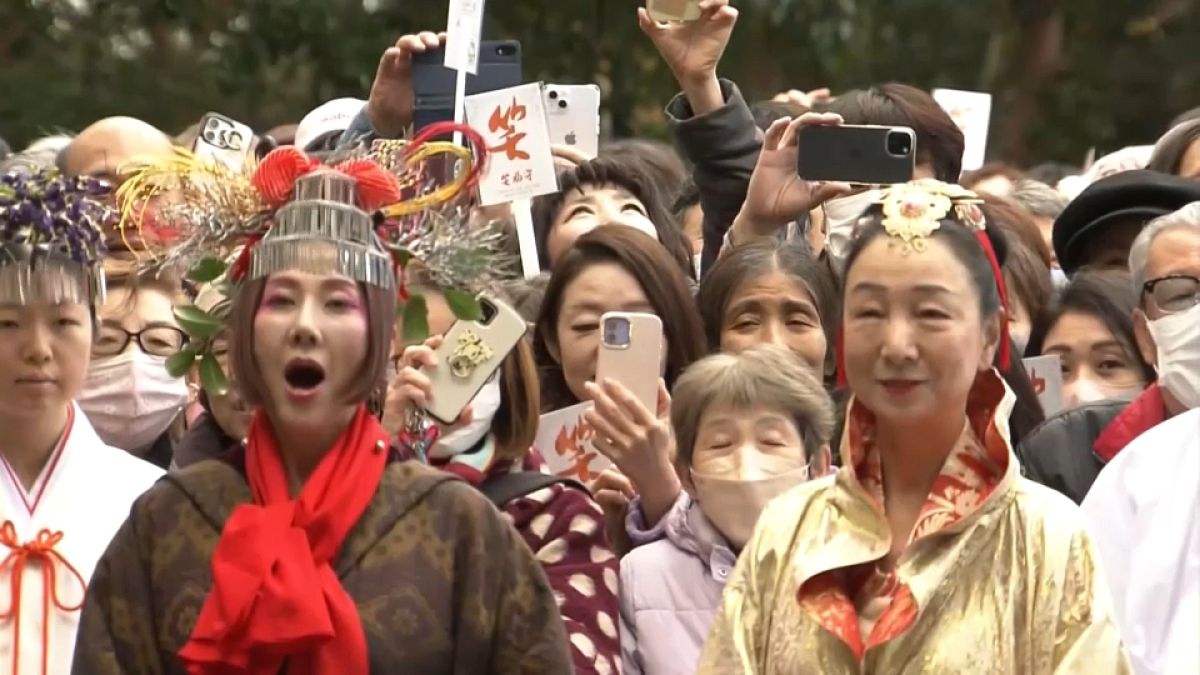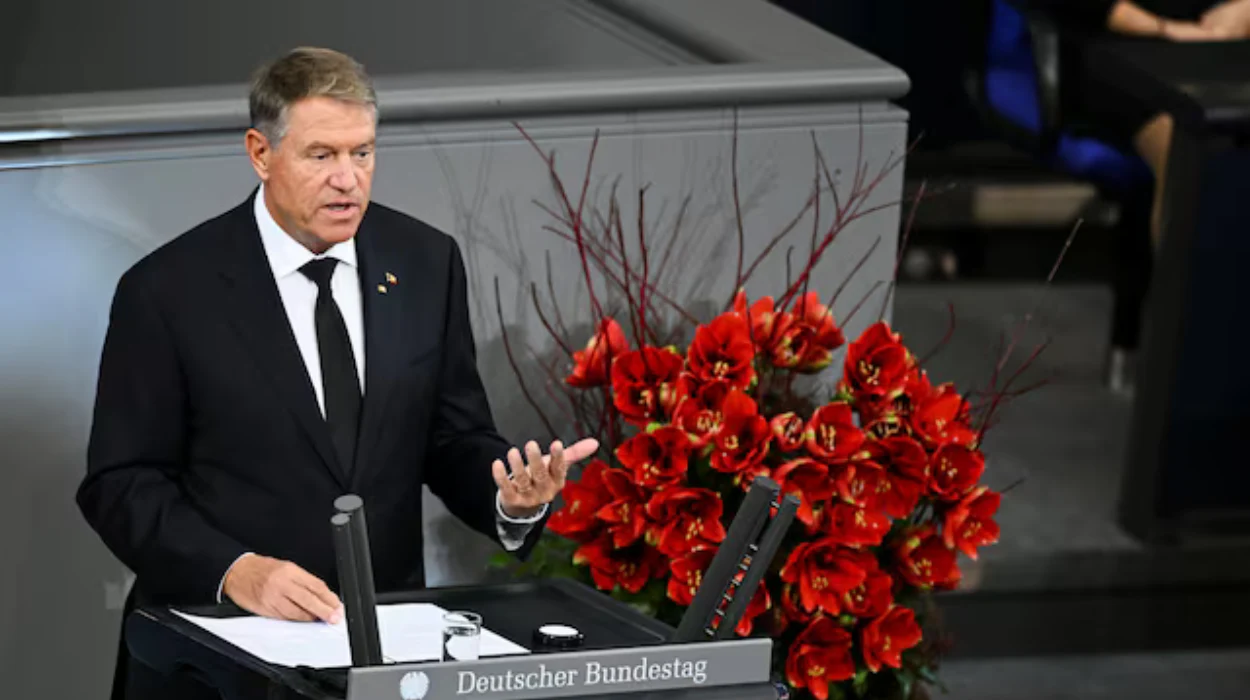Brussels, (Brussels Morning)- More and more self-employed persons are requesting a reduction in their provisional social security contributions. In the second quarter of 2022, that number was no less than 13.21% higher than in the same quarter last year. This is apparent from an analysis by HR services group Liantis among more than 220,000 independent entrepreneurs.
“On the one hand, this is because more entrepreneurs know that this system exists, but it also indicates that many self-employed people expect their income to be lower in 2022 than in 2019,” says Joost Van Hove, advisor knowledge centre at Liantis.
Preliminary Contributions
The social contributions of self-employed persons of a certain year are calculated on the basis of the taxable income as a self-employed person for that year. The taxable income corresponds to the gross income after deduction of professional expenses and social contributions paid.
Because this taxable income is not determined until later, the social insurance fund initially charges provisional social contributions, which are revised later. These provisional contributions are calculated on the basis of the taxable income as a self-employed person from three years previously. The provisional contributions of 2022 are therefore calculated on the basis of the income of 2019.
Pending such revision, self-employed persons may increase or decrease the amount of their provisional contributions. This allows them to anticipate fluctuations in their taxable income.
Increasing number of applications
According to a report by BRUZZ, during the first two quarters of 2022, Liantis social insurance fund saw the number of applications for reduction of provisional contributions increase compared to previous years.
During the first 3 months of this year, this was an increase of 7.58% compared to the first quarter of 2021. In the second quarter, the increase was even greater: 13.21% more applications compared to the second quarter of 2021 .
Possible explanations
The increase in the number of applications for reduction of provisional contributions does not surprise Joost Van Hove, knowledge centre advisor at Liantis: “On the one hand, it has become easier to request a reduction in provisional social contributions. Up to and including 2021, a self-employed person could only request a reduction based on a limited number of legally established reduction thresholds.”
“For self-employed persons with a relatively limited decrease in income (compared to three years previously), it was therefore often not useful to apply for a reduction,” he continues.
From the contribution year 2022, these thresholds have been abolished and the self-employed person can request a reduction of the provisional contributions based on an estimated income to be determined by himself. The system has thus become more flexible.
Various factors
On the other hand, since 2020, there have been a succession of events and factors that have caused a drop in turnover and/or an increase in costs for many entrepreneurs: the corona crisis, increased energy and commodity prices and high inflation in general, difficulties to recruit suitable staff…
“2022 is another very difficult year for entrepreneurs. The increased number of applications for reduction of provisional contributions indicates that many self-employed people expect their taxable income to be lower in 2022 than in 2019,” explains Joost Van Hove of Liantis.
Watch out for unjustified reduction
“Important: applying for a contribution reduction is useful if you actually have a lower taxable income,” Van Hove adds. If the taxable income ultimately turns out to be higher than estimated, the self-employed person will still have to make up the difference between the provisional and final contribution. In addition, you also risk an additional increase due to an unjustified reduction.
“We therefore recommend that you always check with your accountant whether an application is worthwhile.”
Liantis expects that the number of reduction requests will continue to rise. “The costs for the self-employed have increased enormously, which automatically reduces their taxable income. It is logical that they want to adjust their contributions accordingly,” says Joost Van Hove.





















Discussion about this post